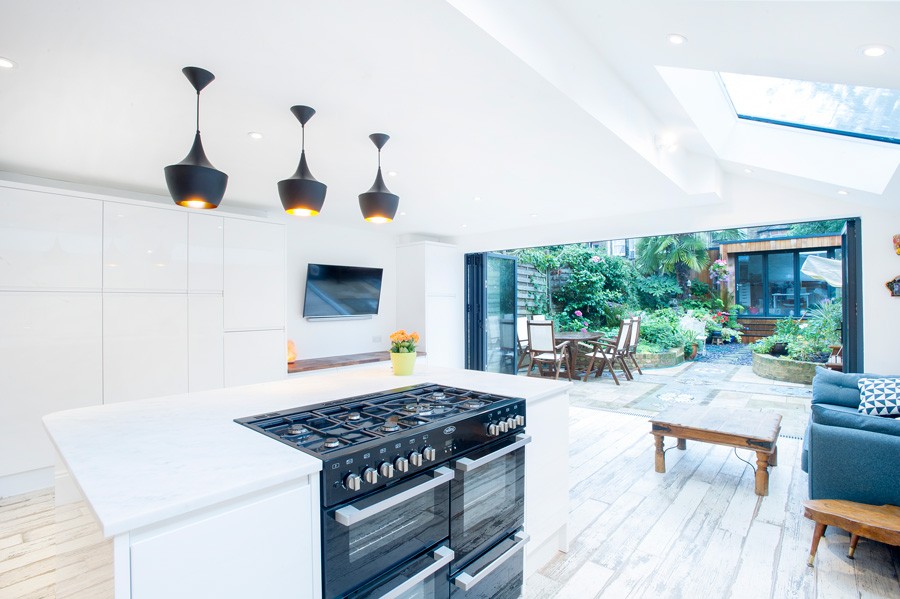Using the wrong tools can double your work time and create unneeded wall surface damage. Typical putty blades typically gouge drywall, while specialized wide-blade scrapers with rounded corners reduce the threat of damages. In a similar way, utilizing routine household sponges rather than specialized cleaning tools usually leaves adhesive deposit behind. Priming is critical after wallpaper elimination to secure any remaining adhesive and prepare the surface for brand-new surfaces. Utilize an oil-based primer or shellac-based product like Zinsser B-I-N to stop sticky bleed-through.
Scuffing Strate
Simple, no-bake desserts can still amuse your craving for sweets. Alternatively, think about buying from regional restaurants or grocery store distribution services to keep your meal alternatives varied and amazing. I might get products or settlement for protection or evaluations, dig this however, I just feature products that I do like and would use myself. I will constantly reveal if an item is a testimonial or sponsored th
 This will likewise make sure that the wallpaper pattern align properly. Some areas might need a second or third application, especially if there persist places with added adhesive. Reapply the solution, allow it take in, and scrape once more. Very carefully Read the Full Post the directions on the chemical pole dancer to see if it requires to be weakened or if it prepares to make use of. Some solutions may come pre-mixed, while others call for a little water to turn on.
This will likewise make sure that the wallpaper pattern align properly. Some areas might need a second or third application, especially if there persist places with added adhesive. Reapply the solution, allow it take in, and scrape once more. Very carefully Read the Full Post the directions on the chemical pole dancer to see if it requires to be weakened or if it prepares to make use of. Some solutions may come pre-mixed, while others call for a little water to turn on.
Action 4: Use A Removal Solution
For more difficult adhesives, a store-bought liquid cleaner may be required. Make certain all tools and work space materials are stored securely, particularly sharp things like scrapes or utility knives. Organizing the work space promotes smoother development for future decor efforts. Engaging in complete clean-up assists maintain a secure and effective workplace. Some towns use one-of-a-kind collections for wallpaper and various other home enhancement waste.
To lower ecological effect, it's important to deal with wallpaper properly. Take a look at the product to see if your wallpaper is biodegradable or recyclable. Removable wallpaper options can typically be recycled, while plastic may need different disposal approaches. If you prepare to hang wallpaper, check that your primer is compatible with wallpaper adhesives.
If you verify that your vintage wallpaper has asbestos, employ a licensed asbestos abatement expert for safe removal. They are outfitted to manage and throw away dangerous products correctly. While painting over wallpaper is feasible, it's not always the best alternative. If the wallpaper is in excellent problem with no peeling or bubbling, you can prime and paint over it. Nonetheless, if the wallpaper is damaged or has several layers, it's better to eliminate it to make sure a smooth, lasting paint work.
Wallpaper can be found in several types, each with its very own attributes. Knowing which type you have is key to removing it right. Use towels or additional treatments on baseboards to capture scraps and secure floors. Get rid of photos, wall hangings, and light switches from the wall surface. Relocate heavy-duty furnishings into the center of the space, and cover electrical outlet. Turn off the electrical power and cover any type of power outlets or light buttons with painter's tape.
I attempted once, but due to the fact that it was so labor intensive, I rapidly provided it up. A wallpaper steamer can be bought for much less than $60, making it a cost-effective option-- particularly for older, stubborn wallpaper. Roll up the ground cloth, sweep up any type of remaining paper scraps, and clean down the walls one last time with a damp towel to capture any lingering dirt or adhesive. Don't fail to remember to remove the painter's tape from outlets and walls.
Understanding Your Wallpaper Kind And Wall Surface
Some wallpapers, like vinyl or peelable ranges, are much easier to eliminate than standard paper-backed alternatives. If the top layer peels easily, get rid of the backing paper independently. Move furnishings away from the walls and cover the flooring with dirt sheets or plastic bed linen.
Let the compound completely dry entirely after that sand the area smooth with 150-grit sandpaper. Wipe away dust with a slightly wet fabric prior to using a second coat if needed. Produce an efficient natural removing service making use of common household products. Mix equal components white vinegar & warm water in a spray container for a chemical-free choice.
The initiative you spend now will certainly pay returns in both visual allure and residential or commercial property value for years to come. You're establishing yourself up for "flashing" (noticeable spots) if you repaint straight over fixed areas without priming. Unprimed repair work take in paint differently than the bordering wall, developing noticeable spots that show through numerous coats of paint. High-grade primer-sealers create a consistent surface area that guarantees consistent paint absorption across your whole wall. With your work area prepped and secured, you prepare to see what kind of wallpaper you're up ver
